Fisheries
Generally, a fishery is an entity engaged in raising and/or harvesting fish, which is determined by some authority to be a fishery. According to the FAO, a fishery is typically defined in terms of the “people involved, species or type of fish, area of water or seabed, method of fishing, class of boats, purpose of the activities or a combination of the foregoing features. The definition often includes a combination of fish and fisheries in a region, the latter fishing for similar species with similar gear types.
A fishery may involve the capture of wild fish or raising fish through fish farming or aquaculture. Directly or indirectly, the livelihood of over 500 million people in developing countries depends on fisheries and aquaculture. Over fishing, including the taking a fish beyond sustainable levels, is reducing fish stocks and employment in many world regions. Fisheries are harvested for their value commercial, recreational or subsistence. They can be saltwater or freshwater, wild or farmed. Examples are the salmon fishery of Alaska, the cod fishery off the Lofoten islands, the tuna fishery of the Eastern Pacific, or the shrimp farm fisheries in China. Capture fisheries can be broadly classified as industrial scale, small-scale or artisanal, and recreational. Close to 90% of the world's fishery catches come from oceans and seas, as opposed to inland waters. These marine catches have remained relatively stable since the mid-nineties between 80 and 86 million tones. Most marine fisheries are based near the coast. This is not only because harvesting from relatively shallow waters is easier than in the open ocean, but also because fish are much more abundant near the coastal shelf, due to the abundance of nutrients available there from coastal upwelling and land runoff. However, productive wild fisheries also exist in open oceans, particularly by seamounts, and inland in lakes and rivers. Most fisheries are wild fisheries, but farmed fisheries are increasing. Farming can occur in coastal areas, such as with oyster farms, but more typically occur inland, in lakes, ponds, tanks and other enclosures.
There are species fisheries worldwide for finish, mollusks, crustaceans and echinoderms, and by extension, aquatic plants such as kelp. However, a very small number of species support the majority of the world's fisheries. Some of these species are herring, cod, anchovy, tuna, flounder, mullet, squid, shrimp, salmon, crab, lobster, oyster and scallops. All except these last four provided a worldwide catch of well over a million tones in 1999, with herring and sardines together providing a harvest of over 22 million metric tons in 1999. Many other species are harvested in smaller numbers.
Get it now and save 10%
BECOME A MEMBER

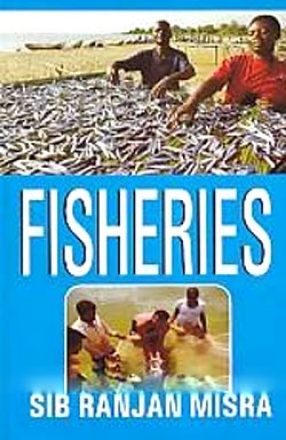
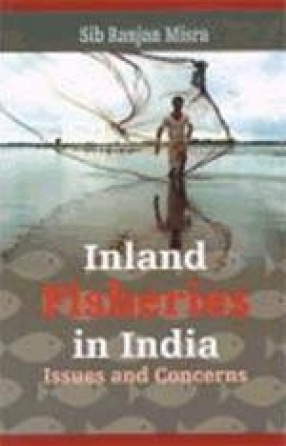
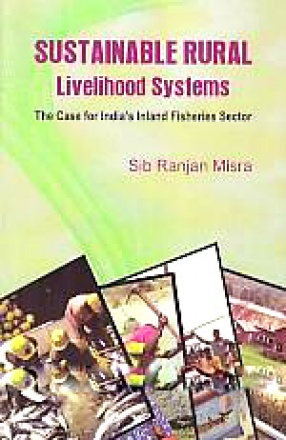
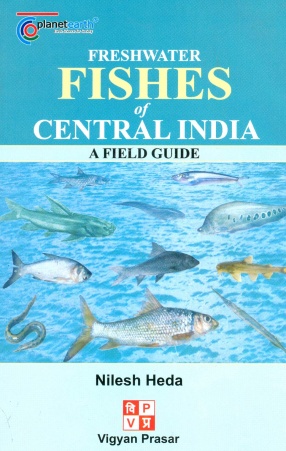
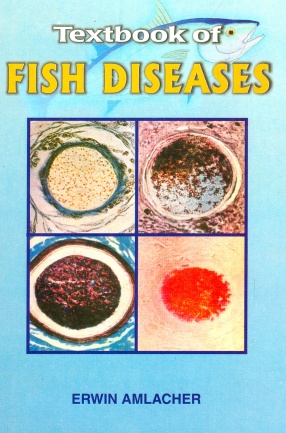
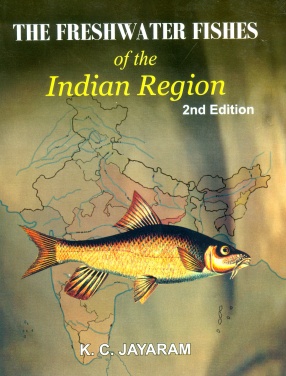
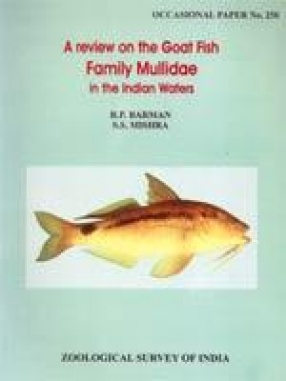

Bibliographic information